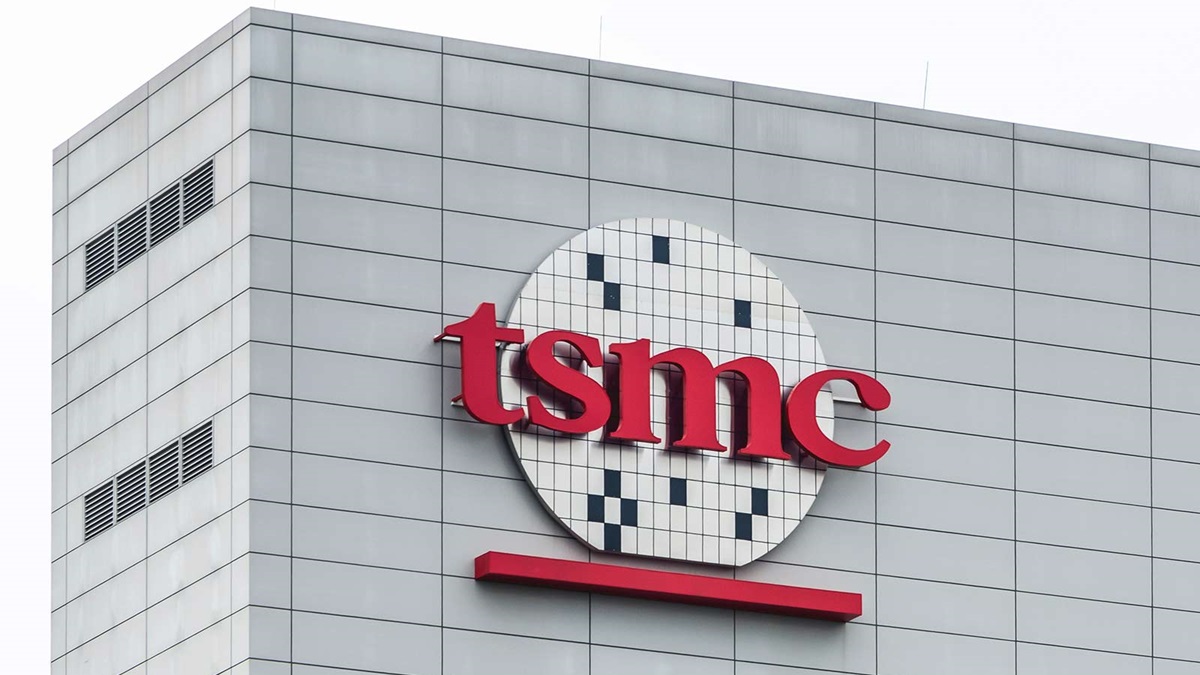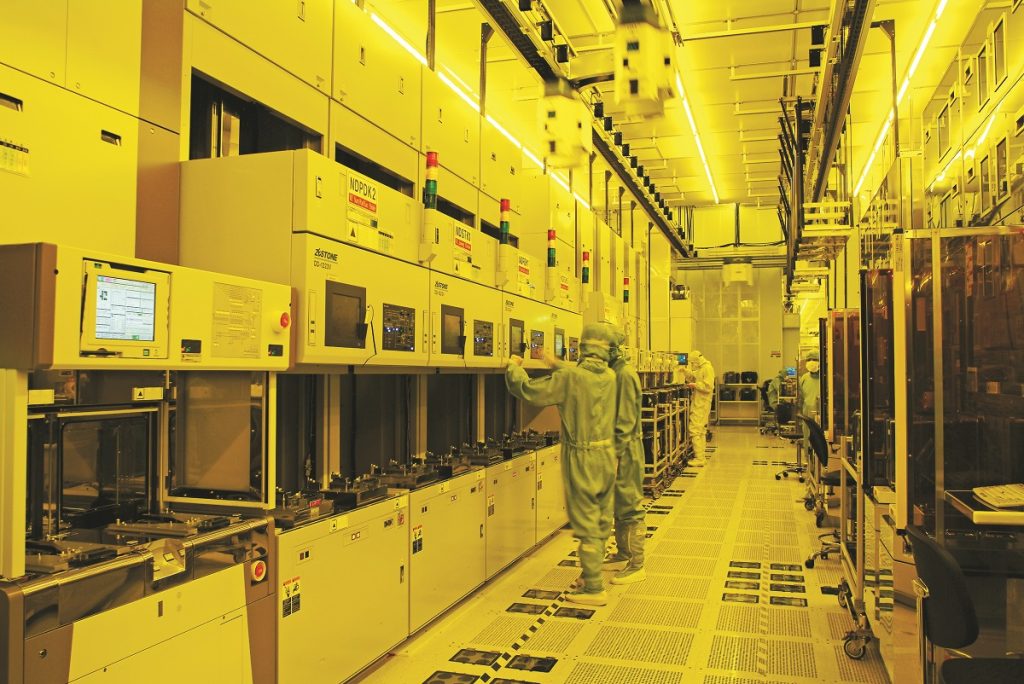TSMC’s ascent to semicon supremacy
BY Sudipto Roy
May 11, 2025

The island of Taiwan is not typically mentioned alongside global powerhouses like the United States, China, or Russia. Yet, behind the scenes, it plays a pivotal role in the modern world, largely due to one company: Taiwan Semiconductor Manufacturing Company Limited, also known as TSMC.
Like a mastermind operating from the shadows, TSMC isn’t a name you hear every day, but its influence is everywhere. It powers everything from handheld smartphones to NASA’s Perseverance rover on Mars.
Today, it produces about 90% of the world’s most advanced chips, supplying industry giants like Apple, Intel, Tesla, Qualcomm, AMD, and NVIDIA. TSMC is also the driving force behind the AI revolution. Without TSMC, we wouldn’t have cutting-edge models like ChatGPT, Deepseek, Sora, and other advanced AI systems as we have right now.
A major factor behind TSMC’s success is its foundry business model. The company manufactures semiconductor wafers for firms that design but do not produce their own chips, handling the entire fabrication process for a fee. This is the story of the world’s largest and most valuable dedicated semiconductor foundry company.
Where it all began
The story of TSMC starts with Morris Chang, often referred to as the father of semiconductors. Chang spent 25 years at Texas Instruments, where he honed his expertise in semiconductor design and manufacturing. In 1985, Chang was invited by the Taiwanese government to lead the Industrial Technology Research Institute, a government-funded organization aimed at boosting Taiwan’s technological capabilities.
Recognizing the potential of Taiwan’s skilled workforce and strategic location, Chang had an idea. He proposed the creation of a dedicated semiconductor foundry. At the time, most semiconductor companies, like Intel and IBM, designed and manufactured their chips in-house.
However, Chang’s idea was radical: a company that would focus solely on manufacturing chips for others, allowing clients to concentrate on design and innovation. And this later turned out to be a masterstroke of a plan.

In 1987, TSMC was founded as a joint venture among the Taiwanese government (holding a 48% stake), the Dutch electronics giant Philips (27.5%), and private investors (24.5%). The Taiwanese government provided initial funding and infrastructure, while Philips contributed technology and expertise. This partnership laid the foundation for what would become the world’s most advanced semiconductor foundry.
Unlike integrated device manufacturers such as Intel, TSMC focused exclusively on manufacturing. This allowed companies like Apple, NVIDIA, and Qualcomm to outsource chip production, reducing costs and accelerating time-to-market.
The foundry model also democratized access to advanced semiconductor manufacturing. Smaller companies that lacked the resources to build their fabrication plants could now compete with industry giants by leveraging TSMC’s expertise.
Leading innovation
From its inception, TSMC has prioritized technological innovation. Under Morris Chang’s leadership, the company invested heavily in research and development (R&D) to stay ahead of competitors. One of TSMC’s key strategies has been its focus on advancing silicon nodes, which is the process technology used to manufacture chips. Smaller nodes allow for more transistors to be packed onto a chip, improving performance and energy efficiency.
In the early 2000s, TSMC began to pull ahead of its competitors with smaller nodes. In 2018, the company became the first to mass-produce 7-nanometer chips, a breakthrough that solidified its dominance in the industry.
By 2020, TSMC had further advanced to 5nm technology, powering devices like Apple’s iPhone 12 and the M1 chip for Macs. TSMC’s latest and most advanced production node is the 3nm (N3) technology, which they began high-volume production of in 2022. They are now working on the next generation, 2nm (N2) technology, with mass production planned for this year, 2025.
TSMC also pioneered innovations in packaging and materials. Its 3D Fabric technology allows for the stacking of multiple chips, improving performance and reducing power consumption.
A blessing for the AI revolution
AI applications, from machine learning algorithms to autonomous vehicles, rely heavily on advanced semiconductors to process vast amounts of data quickly and efficiently. Although artificial Intelligence has existed for quite a long time, TSMC’s cutting-edge manufacturing capabilities in recent years, particularly in producing chips with smaller nodes and higher performance, have made it the backbone of the current AI ecosystem.
Companies like NVIDIA, which designs GPUs (graphics processing units) essential for AI training and inference, depend on TSMC to produce their most advanced chips. For instance, NVIDIA’s A100 and H100 GPUs, which power some of the world’s most sophisticated AI systems, are manufactured using TSMC’s 7nm and 4nm processes, respectively.
Similarly, TSMC’s chips are integral to AI accelerators used in data centers, enabling cloud-based AI services like those offered by Google, Amazon, and Microsoft. AI models, particularly deep learning algorithms, require immense computational power to train and operate. These models are used in a wide range of applications, from natural language processing systems like OpenAI’s GPT-4o to computer vision technologies used in self-driving cars.
The chips that power these systems must be capable of handling billions of calculations per second while maintaining energy efficiency. TSMC’s ability to produce chips at the 5nm, 4nm, and soon 3nm nodes ensures that AI hardware can meet these demanding requirements. For instance, Apple’s M-series chips, manufactured by TSMC, integrate neural engines specifically designed to accelerate AI tasks on devices like iPhones and MacBooks.
TSMC collaborates closely with its clients to co-develop specialized chips tailored for AI workloads. Google’s Tensor Processing Units, which are custom-designed for AI and machine learning tasks, are produced using TSMC’s advanced processes. These chips are optimized for tensor operations, a core component of neural network computations.
A manufacturing empire
To meet the growing demand for semiconductors, TSMC has expanded its manufacturing footprint globally. The company’s headquarters and largest fabs (fabrication plants) are located in Taiwan, but it has also established facilities in China, the United States, and Europe.
In November of 2024, the US Department of Commerce finalized a $6.6 billion grant to TSMC’s United States unit for semiconductor production in Phoenix, Arizona, which created thousands of jobs. In addition, TSMC has agreed to expand its planned investment and add another two fabs by 2030.
TSMC has also opened its first factory in Japan, in Kumamoto Prefecture, with mass production beginning in December 2024. It is planning a second factory nearby, aiming to bolster Japan’s domestic chip production.
Challenges
TSMC faces tremendous pressure from geopolitical tension between Taiwan and China. As the world’s leading semiconductor manufacturer, TSMC is a strategic asset for Taiwan, but it also makes the company a potential target in the event of a conflict.
The Taiwanese government has taken steps to protect TSMC’s intellectual property and infrastructure, but the risk remains a concern for global supply chains. The company reportedly has a mechanism in place to disable its machines and technologies remotely should China take it over.
However, any form of invasion remains unlikely for the time being due to Taiwan’s sheer importance in the world of modern technology.
On the other hand, building and operating advanced fabs requires billions of dollars in investment, and the complexity of new technologies is driving up R&D expenses. TSMC has responded by raising prices for its customers, but this could eventually impact demand.
Environmental concerns are also growing. Semiconductor manufacturing is energy-intensive and generates a significant amount of waste. TSMC has committed to sustainability goals, including achieving net-zero emissions by 2050, but meeting these targets will require substantial investment and innovation.
Looking ahead
TSMC is well-positioned to maintain its leadership in the semiconductor industry. However, the company must navigate a complex landscape of geopolitical risks, rising costs, and environmental challenges.
The bright side is the growing demand for semiconductors in emerging technologies like artificial intelligence, 5G, and the Internet of Things (IoT). TSMC’s advanced manufacturing capabilities make it an ideal partner for companies developing these technologies.
Sudipto Roy Apon is a content writer specializing in sports, technology, gaming and entertainment.
Most Read
You May Also Like